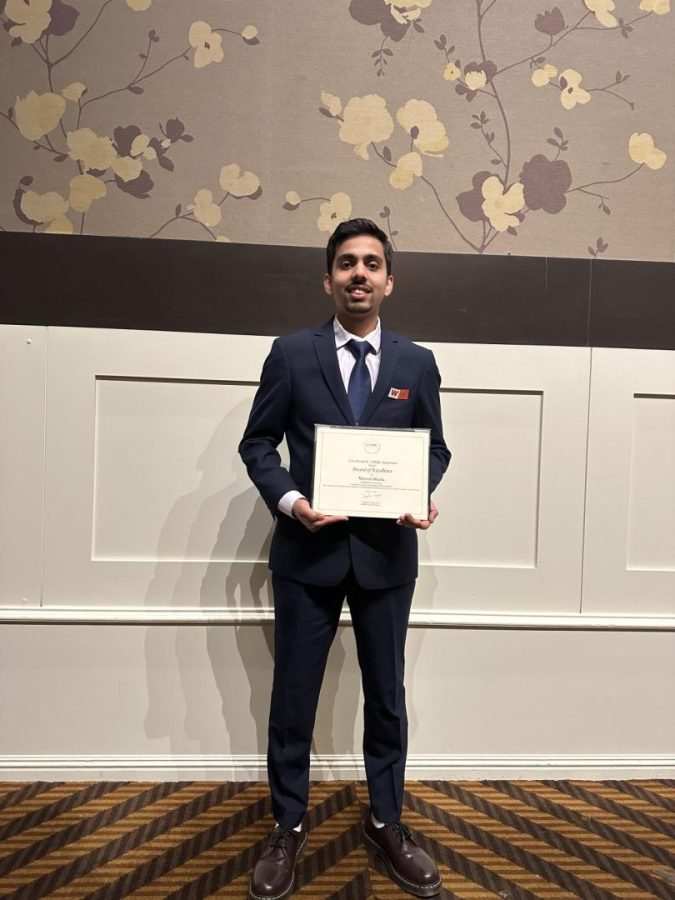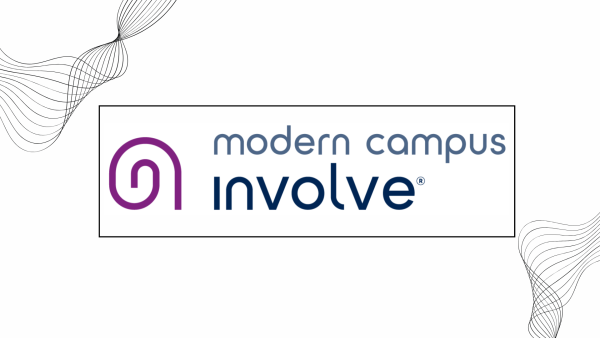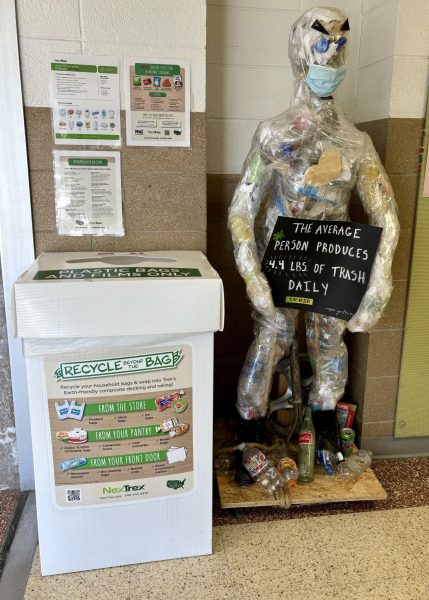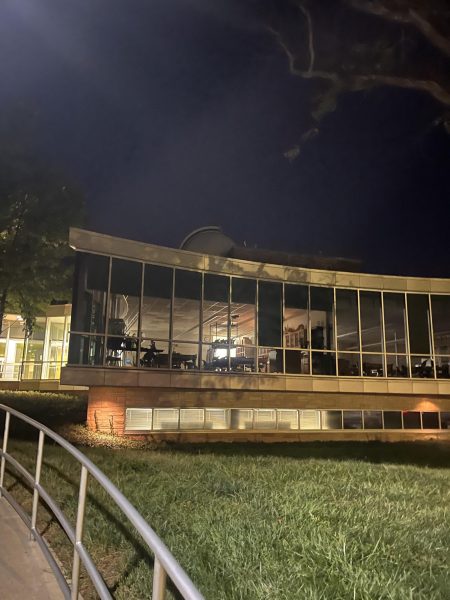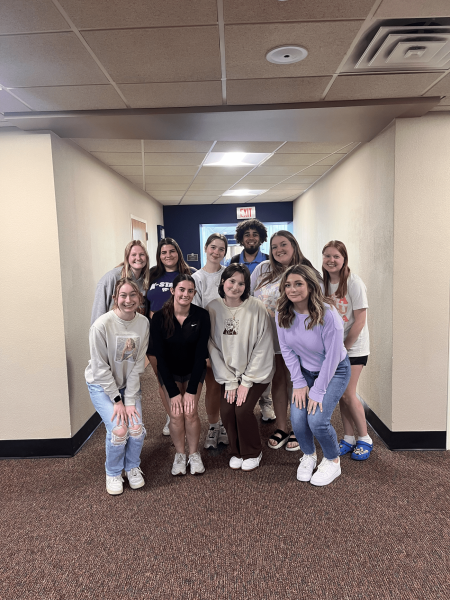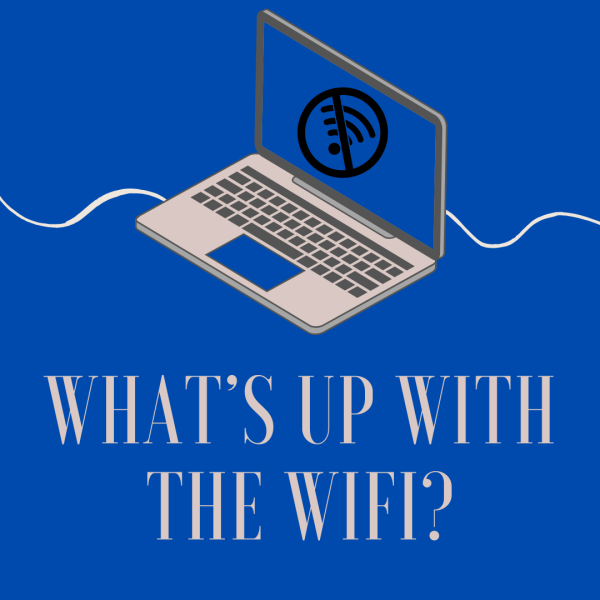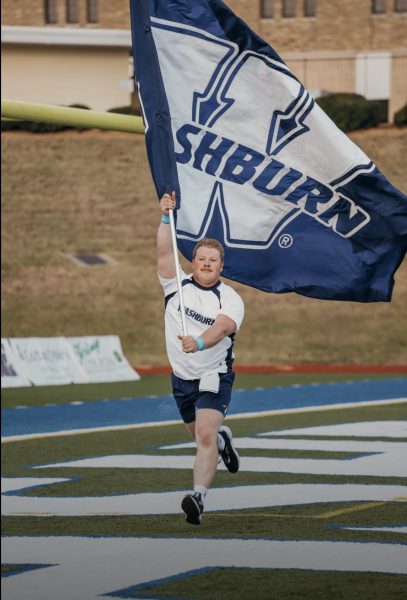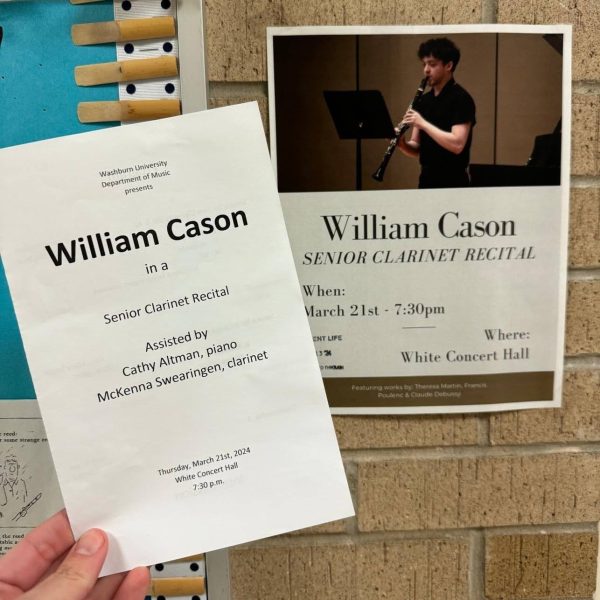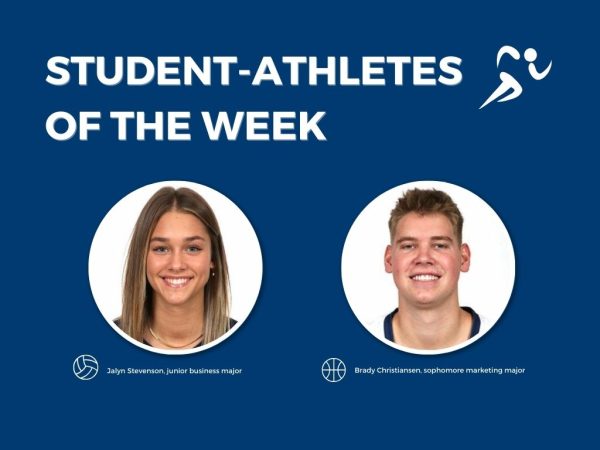Students receive awards for their research at recent K-INBRE symposium
Seven students from Washburn University presented their research at the 21st annual Kansas Idea Network of Biomedical Research Excellence symposium. The presentations were held on Jan. 14-15 at the Sheraton Hotel in Overland Park from with more than 300 attendees from 10 universities across Kansas and Oklahoma.
Two students from Washburn received recognition at the event. Manish Bhatta, a senior in chemistry, received one of the 10 Outstanding Poster Presentation awards for his research that spanned over two semesters and one summer.
“I felt really happy receiving something worth my hard work,” Bhatta said.
Six other Washburn students presented in the poster session. There were 107 posters presented in total by the participants.
The National Institutes of Health distributes funds for K-INBRE. Sam Leung, professor of chemistry at Washburn, along with nine coordinators from other universities receives the funding, which are then distributed among students and mentors working for this symposium.
According to Bhatta, he worked on “Development and Characterization of Malonic Acid Modified Gold Nanoparticles for Colorimetric Analysis of Lead ions (Pb2+ ).” Bhatta started his research for a class and later continued the same research for the symposium.
Bhatta’s research focused on creating gold nanoparticles, modifying them with malonic acid and testing various formulations. The goal of his research is to develop a portable and simple method to detect nanomolar or micromolar lead ions from water, so that individuals could test for lead particles in water even if they had no scientific understanding. He is still working towards a conclusion. Bhatta will be working on his research until graduation and plans on handing it over to someone who’s interested in continuing it.
Avinash Dhimal, a senior in molecular biology and biotechnology, was selected to give one of the eight presentations at the program about his work on “Graphene-based Quantum Dot Synthesis for Bioimaging.” He began his work in March 2021.
Dhimal’s research was about “imaging quantum dots inside of a cell,” with the goal of bioimaging cells using quantum dots, which would help in drug delivery into different cells. This method can be used in therapies and in many complex treatments, and Dhimal will continue his work on the project before handing it over to a student interested in the work.
“It was such a great opportunity for me to present in front of so many people, including students and mentors from ten different universities,” Dhimal said. “First I was a bit nervous, something I was not hoping for, but then I felt really excited to be among the eight presenters.”
K-INBRE will continue their annual symposium and encourage student scientists to present their original research.
Edited by LeSha’ Davis, Glorianna Noland and Simran Shrestha
Your donation will support the student journalists of Washburn University. Your contribution will allow us to purchase equipment and cover our annual website hosting costs.




